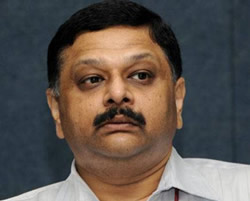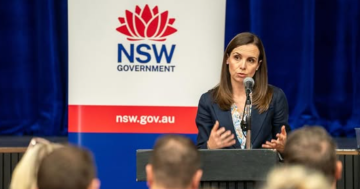 India’s Government has approved a major human resource reform for the country’s Central Public Service, including a new body that will review the performance, productivity and capacity of the bureaucracy.
India’s Government has approved a major human resource reform for the country’s Central Public Service, including a new body that will review the performance, productivity and capacity of the bureaucracy.
The initiative, which targets the 4.6 million Central Government employees, is set to be based on three pillars of governance, performance and accountability.
It promises a shift from rules to roles, silos to co-ordination, inter-disciplinary movements and a continuous capacity-building exercise among other things
Secretary of the Department of Personnel and Training, C. Chandramouli (pictured) said the scale of the reforms was huge.
“It could possibly emerge as the largest Civil Service reform in the world in terms of spread and in terms of the depth,” Mr Chandramouli said.
“Its ultimate purpose is to equip the Civil Servant with domain and functional competencies, which would be goal driven, and also build behavioural competencies.”
Named Mission Karmayogi, the reforms sought to make Public Servants “more imaginative, innovative, proactive and polite, professional and progressive, energetic and enabling, transparent and tech-enabled, constructive and creative in order to meet the challenges of the society”.
Minister for the Department, Jitendra Singh said the reforms would bring a huge change in the system and “reincarnate a Government servant into an ideal servant of the nation, by enabling him to be creative, constructive, proactive and technically empowered”.
New Delhi, 5 September 2020











